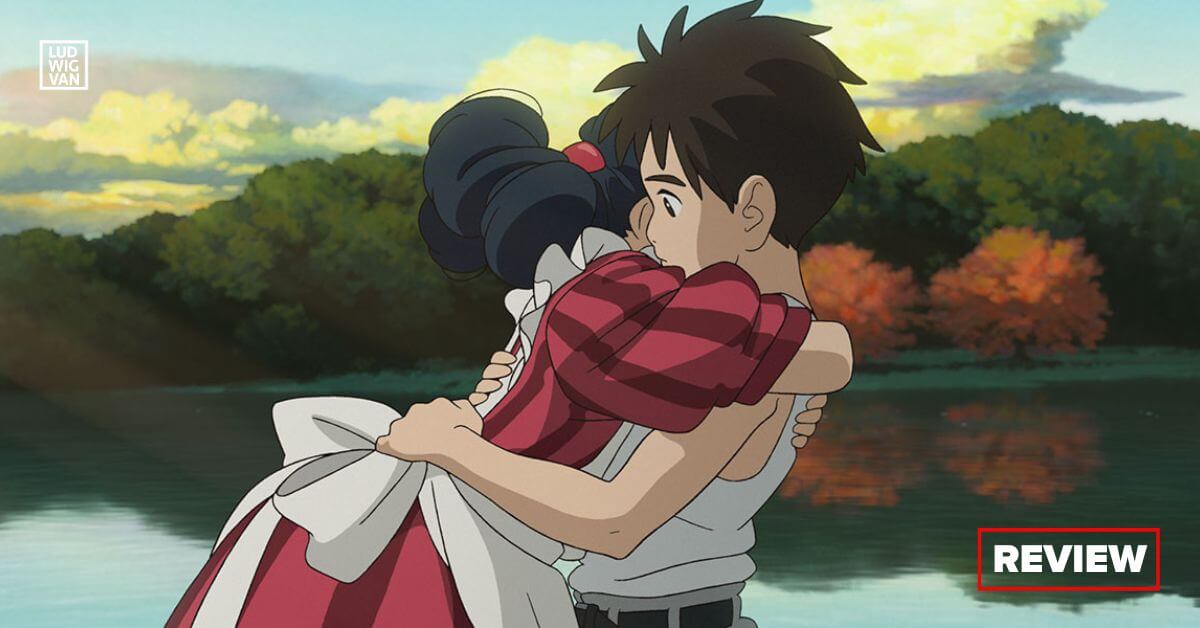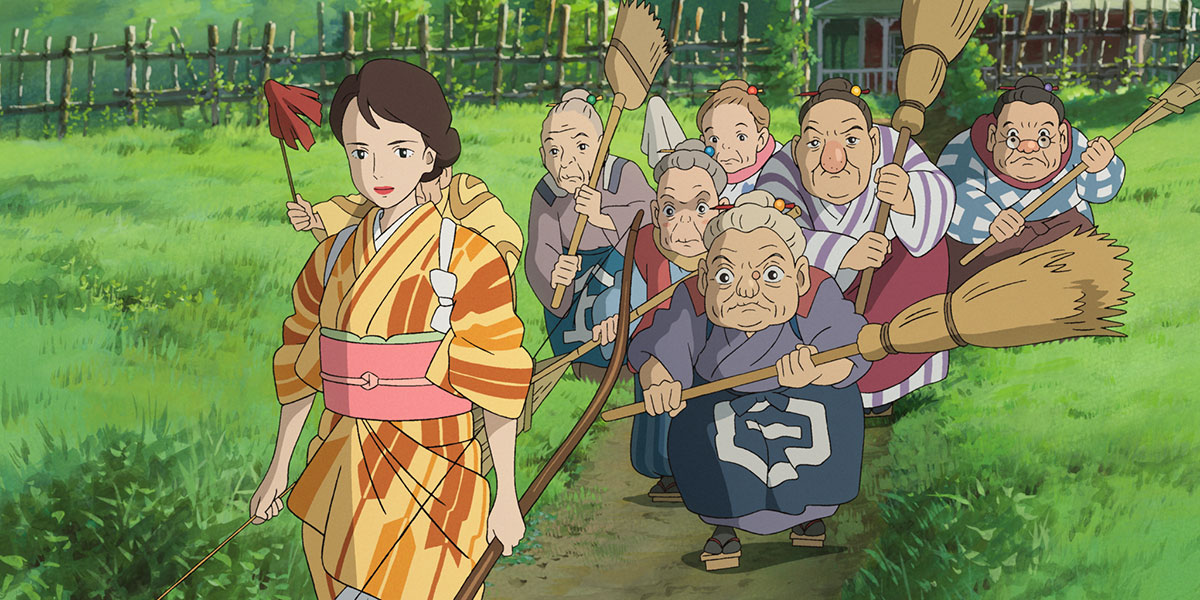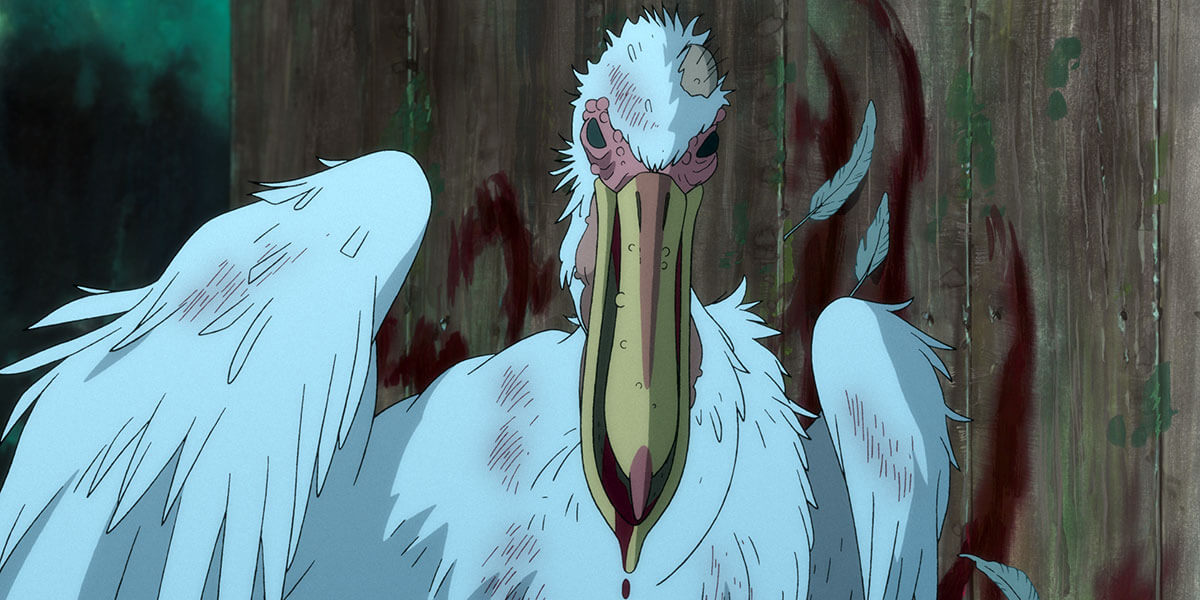
The Boy And The Heron (Kimitachi wa Do Ikiruka) received its international premiere at the Toronto International Film Festival on September 8. The press and industry screening the next day was a full house, one where the audience of film journalists erupted in giggles at the movie’s humour and burst into applause at the end.
It was a fitting reception for a masterwork of animated art, one that pushes the limits visually for even the famed Studio Ghibli’s signature and much beloved style. The rendering is exquisitely detailed, and its cinematic adaptation is jaw dropping.
The Boy and the Heron has been touted as the final film for Studio Ghibli’s celebrated Hayao Miyazaki, co-founder and still currently VP. It was released entirely without fanfare — no advance press, no advance statements, nada — in July in Japan, where it has gone on to become a bona fide box office hit.
Miyazaki is an animator and filmmaker, and a manga artist whose vision for the studio has led to worldwide acclaim and recognition. He’s a storyteller of uncommon imagination, and many consider him to be one of the all-time masters of animated film.
The Story
The story opens with the sound of air raid sirens over Tokyo during the Second World War as young Mahito awakes, only to realize in horror that the flames engulfing parts of the city include the hospital where his mother is working. His frenzied flight through the streets in a futile attempt to save her is dazzling in its artistry.
Two years later, he’s 12, and he’s relocated to the countryside, where his father has married his sister-in-law (although he never acknowledges her as his aunt), and she is expecting a baby. On his first day, a grey heron swoops down into the veranda, seemingly greeting him.
The story takes a while to flesh out Mahito’s emotions. He’s haunted by his memories of the fire and his mother’s death, and hostile to the overtures of his new step-mom.
But the heron, naturally, is not what he appears to be. And, there is a mysterious tower on the property where the heron lures him, a tower that is connected to other worlds. When his step-mother vanishes into the forest, Mahito follows her, opening the story into an adventure through fantastical realms.
There are menacing parakeets and pelicans, cute puffy creatures called warawara, and a cast of unique characters that help, and sometimes hinder, him along the way. As a storyteller, Miyazaki is endlessly inventive. Just as you think the plot is headed in one direction, he throws a curveball into the works, and it heads in a different one… or does it?
Along the way, Mahito finds a way to unlock his emotions and reach out to his step-mom, along with the trickster heron, who, as he reminds Mahito, does not really have his well-being at heart.
This isn’t children’s animated storytelling North American-style, with a clearly and definitive happy ending. There are comedic moments along with poignant scenes and scary developments. Here, there are mysteries that remain unexplained, and the fantastical goings on have a menacing as well as a brighter side. The conclusion is thoughtful and redemptive. It’s the slower paced story of a mature talent.

Diving into the details
The title from the story in Japanese translates directly to How Do You Live?, which is taken from a 1937 novel by author Genzaburo Yoshino. The story, however, does not follow along the same lines. The plot appears to take some autobiographical aspects from Miyazaki’s life. Like Mahito, his father also ran (and profited from) a factory that produce airplane parts during the war.
Many of the elements in the movie will be familiar to Studio Ghibli enthusiasts, like the gaggle of granny maids with their funny features and out-sized heads. There are anthropomorphic animals, and those that seem to combine both human and animal traits, like the heron himself, who ends up resembling the oni of Japanese legend, with their prominent teeth.
Much of the comedy in the film comes from the animals and their idiosyncrasies. Even the peripheral characters are given a sense of life in the story, including an ongoing feud over tobacco between one of the grannies and an old man.

The music: composer Joe Hisaishi
Composer, conductor and pianist Joe Hisaishi (Mamoru Fujisawa) has collaborated with Miyazaki since 1983 and Miyazaki’s film Nausicaä of the Valley of the Wind, even before Ghibli was founded in 1985. Beyond Studio Ghibli, he has also scored many other anime films.
The music is intermittent in the film, but becomes the story’s emotional undercurrent. His style is in the Western classical vein, and it’s often subtle in the way it’s deployed — at times, just a few bars of piano chords and a snippet of a melody are all that’s needed. His instinct is superb, and the marriage of music and story is seamless.
In all, Hisaishi has written the score for more than 100 films and solo albums in a four-decades long career. In March 2023, he signed an exclusive recording contract with Deutsche Grammophon, and his debut album under the new deal, A Symphonic Celebration, was released on June 30, 2023.
Hisaishi has been a favourite of Toronto audiences as a guest conductor with the Toronto Symphony Orchestra. His two dates in 2022 were sold out, and he’ll be making a return to the city to close the season in June 2024.
Not really a swan song…
Whether the film will actually prove to be the last film for the 82-year-old legend is another story. After all, he previously announced his retirement in 2013, and on the red carpet at the TIFF premiere, a Studio Ghibli exec told a CBC reporter via an interpreter that the octogenarian is till hard at work — and, in fact, is currently coming up with ideas for a new film.
The Boy and the Heron will get its theatrical release in North America on December 8.
#LUDWIGVAN
Get the daily arts news straight to your inbox.
Sign up for the Ludwig van Daily — classical music and opera in five minutes or less HERE.
- PREVIEW | The Orpheus Choir Of Toronto Ends The Season With Jocelyn Hagen’s The Notebooks Of Leonardo Da Vinci - May 2, 2024
- PREVIEW | St. James Cathedral Choir Celebrates Late 18th Century Excellence & Friendship - May 2, 2024
- THE SCOOP | Tapestry Opera/Nightwood Theatre: Construction Updates At 877 Yonge Street - May 1, 2024



